What Does Disney World Do During A Recession?
A possible recession or economic downturn could impact Walt Disney World, especially as pent-up demand fizzles out, travel slows, and consumer confidence dips. This post tries to answer the titular question based on history, past precedent, and our expectations. (Updated November 19, 2023.)
We’ve been saying for months that there’s likely to be a spending slowdown in the not too distant future. Pent-up demand among domestic visitors could exhaust itself, inflation on necessities might result in reductions to discretionary spending, and the same could also happen due to depleted household savings and rising debt levels. Inflationary pressures and the rising cost of travel due to oil prices could bring the party to an end, too.
When some or all of that happens, consumers will return to being more cost-conscious and price sensitive, and things will normalize or more if the United States enters a recession. Our short and sweet answer as to what that means in this context is that Walt Disney World will end up offering better discounts, bringing back familiar fan favorites. If you want to be notified immediately when these deals are released, sign up here for our FREE Disney newsletter here. What follows is the why of that, with insight into the present and past.
As of Late 2023, this is a topic we’ve been discussing for over a year…and so has Disney. It first came up on earnings calls around this time last year, when executives indicated that they’d pull “levers” for incentivizing visits once revenge travel exhausted itself or the economy dipped into recession. It has since played out more or less as expected and predicted by this post.
Several quarters ago, former CFO Christine McCarthy warned investors of a slowdown as Walt Disney World “lapped” the 50th Anniversary. Still-current Disney Parks Chairman Josh D’Amaro reiterated this, indicating there would be a drop in demand at the Florida parks even as Disneyland attendance stays strong.
In the last two quarters, we’ve seen exactly this happen. Parks & Resorts as a division is still up, but Walt Disney World is down year-over-year in attendance, hotel occupancy, and key financial metrics. Disney has attributed the drop-off at Walt Disney World largely to pent-up demand exhausting itself for the Florida parks first since the state reopened earlier. Disneyland and Disney Cruise Line didn’t see a rebound in earnest until roughly a full year later, so they are still benefiting from lagging pent-up demand.
This has also been evident in our Walt Disney World crowd reports, with every week since Easter having lower wait times year-over-year. In response, Walt Disney World has done things like V.I.Passholder Days and taken steps to improve guest satisfaction. Most significantly, they’ve released over a dozen different discounts through June 30, 2024. These deals have been released earlier than last year and been better on average, sometimes significantly so.
The answer to the titular question is, essentially, “what they’ve been doing–except more.” Unless there’s a deep recession, it’s highly unlikely that Walt Disney World will actually lower sticker prices. That violates a key tenet of their “Kohl’s Pricing Model.” In any case, here are more predictions we made previously about how Walt Disney World would deal with a recession, including a look back at the last time that happened and how the company responded…
With regard to sustaining growth and demand during a recession, one of Walt Disney World’s “levers” that executives have called “quite obvious” is discounting. However, they’ve also indicated that they will not use discounting “to the extent to which we used it during the last recession.”
As discussed in Disney Doesn’t Want Lower Crowds, the company’s executives stated for several years after the last recession that they’d scale back discounting…but never did. They talk a good game for Wall Street, but when push comes to shove, they’ll discount as much as necessary to hit occupancy targets.
If or when a recession hits, Walt Disney World will react accordingly. The company is not somehow magically immune to economic conditions. We’ve addressed this countless times in the past, but to reiterate: Disney charges what the market will bear. They don’t hold off on price increases as a nice gesture to guests. Conversely, the company cannot simply choose to charge more to “recoup” money lost in the past or by its streaming services.
When Disney increases prices, the company does so not at the rate of inflation or because its costs are increasing at a commensurate level, but because they can. When they offer discounts, it’s out of necessity, not corporate benevolence. Walt Disney World is an extremely savvy and sophisticated business—they maximize profits to the greatest degree economically feasible.
Not to go off on too much of a tangent, but this is actually observable in recent food price increases at Walt Disney World—and not in the way you might think. Snack prices have shot up and the company has played other games with portion sizes, product quality, and suppliers.
However, table service entrees–even meats and other dishes that have seen their input costs go up–have not increased in tandem with inflation. We’ve speculated that this is because Disney already pushed those prices up so much in the last several years, and there’s trepidation that going even higher would cause consumers to balk.
Similarly, it’s not as if Walt Disney World has ever dropped prices when attendance was high and increased prices when attendance was low as a result of its per guest costs decreasing. To the contrary, Disney charges the highest prices when demand is up (e.g. Christmas and New Year’s) and drops them when attendance is low (e.g. September).
Simply put, if the company could have freely increased prices without seeing a corresponding lack of demand, they already would have.
With a few brief exceptions, Walt Disney World’s prices have only gone up during the post-Great Recession recovery. There has been a decade-plus run of costs consistently going up like clockwork as Disney has benefited from economic expansion and favorable demographics (e.g. nostalgic millennials having kids, more international tourists, etc).
Diehard fans also have a fundamentally different view of the parks than the vast majority of guests. For many of us, vacation means visiting Walt Disney World. There is no “substitute good” for what Disney offers. To be sure, a large swath of the general public views the parks the same way. There’s an emotional component to the calculation for that “rite of passage” vacation, but most people are not willing to pay any amount that Disney tells them is the cost. They do have a balking point or price ceiling.
This is the fundamental fallacy with the common refrain that the company will always keep raising prices because fans will never stop visiting. Fans alone are not enough to sustain Walt Disney World. (Even then, fans are not a monolithic group–some think Disney can do no wrong; others have decades of experience visiting and hold the company to higher standards than does the general public.)
If middle class Americans considering a first-time trip–far and away Walt Disney World’s single largest demographic–go to price out a vacation on DisneyWorld.com and the package price is beyond their budget, that’s it. They’re out. They move on to the next-best alternative, whether that’s the local Six Flags or a road trip to see America’s National Parks.
With that said, there is a longstanding view of the parks as recession-proof. (In part, this led to the new lands and rides that have opened in the last ~5 years–Parks & Resorts was viewed as a stable and reliable business unit.) During the global financial crisis, attendance at Walt Disney World held relatively flat.
This was an impressive feat, but that doesn’t really tell the full story. Walt Disney World got incredibly aggressive and creative with discounts, promotions, and celebrations. The success of Disney’s theme parks during the downturn doesn’t prove their inherently recession-proof. Instead, it should be construed as a testament to leadership at the time.
For starters, the celebrations were spectacular. Anyone remember Limited Time Magic, Year of a Million Dreams, Summer Nightastic, What Will You Celebrate, or One More Disney Day? All of those year-long (or multi-year, in the case of Year of a Million Dreams) festivities put the World’s Most Magical Celebration to shame.
Just think, the blockbuster bash for 50 years of Walt Disney World was outdone by the celebration held in some meaningless (milestone-wise) year back in the late aughts. The point is that those events were a ton of fun, well-marketed, and had strong word of mouth as a result. None of that was by accident–people at Disney made that happen and that’s a big reason why the parks weathered that economic downturn so well.
Another big reason–probably the big reason why Walt Disney World outperformed during the Great Recession was discounts. The deals during and coming out of the financial crisis were crazy. We did several inexpensive stays at Pop Century and Saratoga Springs thanks to deep-discounts and stacking deals. Many newer fans probably wouldn’t believe the bargains. Suffice to say, we were able to visit Walt Disney World more than once per year with wages from our jobs in college.
It was a great time for Free Dining, along with other more novel discounts. We were also big fans of the “Buy 4, Get 3 Free” deal, which provided 3 free hotel nights and ticket days–plus a $200 gift card–when you booked 4 nights. That was without a doubt the best discount we’ve ever gotten at Walt Disney World, blowing away even the legacy version of Free Dining.
Speaking of the Free Disney Dining Plan Deal, that was the golden age of that particular promotion. Back in those good ole days, Free Dining meant the free regular Disney Dining Plan even at Value Resorts, and it included appetizers and tips back then.
To be sure, Free Dining can still be a great discount for some, but it was a sure thing back then. No doing the math or comparing to room-only discounts was necessary. It was unquestionably the superior discount.
Going back a bit further to the previous economic downturn, there were also some exceptionally good discounts post-9/11. People paid <$200 per night for Deluxe Resorts, Wilderness Lodge in the low $100s, with Value and Moderate Resorts in the $40-80 per night range.
I don’t think it’s worth fixating on that too much. For one thing, we’re two decades removed from 9/11, and both the world and Walt Disney World are fundamentally different. For another, Americans were collectively apprehensive of air travel back in late 2001 and 2002. By contrast, Americans want to continue traveling now, but finances might preclude that from happening.
We’d caution against salivating about the prospect of unprecedented or aggressive discounts given that generalized desire to travel and the evolution of Walt Disney World in the last 15 years. Personally, I’d be shocked if Walt Disney World offers anything like the 4/3 deal or anything on par with that.
Disney has also learned a lot about marketing in the years since. It’s more likely that they start small, and try offering more illusory discounts at first. It wouldn’t surprise me if they start with “Free Dining Lite” or “Half-Free Dining” and other gimmicks that trade on the name recognition of the Free Dining offer and tries to capture anxious guests who are eager for that to return. Disney dumping unsold room inventory onto blind-booking sites is another likely scenario.
(Update: that was written last year. Since then, Walt Disney World has released the free dining card promo on a few occasions, and just released the Half-off Tickets and Disney Dining Plan for Kids in 2024. Those are pretty close to Free Dining Lite!)
As for timing of discounts, that largely depends upon internal projections of hotel occupancy and attendance. If they’re still seeing a slowdown in bookings for 2024 or are behind trend, the deals are likely to get more aggressive going forward.
In that scenario, one possibility is that Walt Disney World jumps right to actual Free Dining, with a release in early January 2024 for travel dates starting in the summer. That’s a bold bet, especially given that the regular (paid) Disney Dining Plan returns on January 8, 2024. More likely is a late spring release–but either are possible.
My concern is that people within the company will initially overestimate the strength and resilience of the parks & resorts. Walt Disney World has enjoyed an era of unprecedented prosperity–a time during which it felt like the business segment’s leaders could do no wrong. Even unpopular decisions were begrudgingly accepted, and Disney reaped incredible financial results. A decade like the last one can give rise to delusions of invincibility, and a lack of appreciation for the fickleness of consumers.
In that scenario, it’s possible that crowds fall rather than prices. It’s possible that attendance decreases regardless (or holds flat but appears to fall based on improved capacity and efficiency), but that’s more difficult to predict. That really depends on how Disney reacts, to what extent consumers pull back on travel, and the duration and degree of economic downturn.
During other recent economic downturns, Walt Disney World also made operational changes. Some venues were mothballed and costs were cut to the greatest extent possible. With Disney already pretty lean as it’s been unable to fully recover from the closure, it doesn’t seem like much of that would need to occur. To the contrary, it could become easier to reopen more and staff up certain venues if the labor market isn’t as tight.
One potential operational change is shorter hours. Probably nothing on par with the post-reopening period when the parks were closing at around 7 pm nightly, but Magic Kingdom closing at 9 or 10 pm and later opening times for the other parks wouldn’t be a surprise.
With that said, how things play out also depends upon actual economic circumstances. Currently, just over 50% of economists are forecasting that the United States will enter a recession in 2024. Notably, that’s lower than the percentage of economists (~65%) who predicted that the U.S. would enter a recession this year at the same time last year. So the goal posts have moved by a year and the odds are down. Suffice to say, there’s a reason for the joke that economists have predicted 9 of the past 5 recessions.
Even if there is a recession or economic downturn, there’s uncertainty about its depths and duration. Many economists believe it’ll be a short and shallow recession due to underlying fundamentals. If there’s only a brief downturn followed by another sustained period of growth, Walt Disney World may feel minimal impact and implement few changes. In that case, we may never see any aggressive discounts–it could be more like a normalization bringing the parks back in alignment with pre-closure discount trends and demand.
Ultimately, it’ll be interesting to see how things play out and whether shifting sentiment and macroeconomic conditions impact Walt Disney World. To be sure, we are not “rooting” for a recession. Quite the contrary, as the negative human consequences far outweigh whatever benefits might exist with discounting, lower crowds, or whatever else.
Our best case scenario is that the United States avoids entering a recession, but pent-up demand naturally exhausts itself and weakening sentiment alone causes consumers to become more cost-conscious and price sensitive. That in turn should result in better deals and an improved environment without all of the downsides.
Regardless, hopefully you found this speculation interesting or illuminating. It’s something I find fascinating, and have touched upon it briefly in other recent posts about discounts, resorts, etc. None of those really did full justice to the topic, so I decided to dive deeper here. Admittedly, this might’ve been too deep and rambling, but on the upside, I can start linking to this post rather than wading back into this in future posts. So even if you feel like your time was “wasted” with this, you’ll still come out ahead in the long run! 😉
Planning a Walt Disney World trip? Learn about hotels on our Walt Disney World Hotels Reviews page. For where to eat, read our Walt Disney World Restaurant Reviews. To save money on tickets or determine which type to buy, read our Tips for Saving Money on Walt Disney World Tickets post. Our What to Pack for Disney Trips post takes a unique look at clever items to take. For what to do and when to do it, our Walt Disney World Ride Guides will help. For comprehensive advice, the best place to start is our Walt Disney World Trip Planning Guide for everything you need to know!
Your Thoughts
Do you think Walt Disney World’s prices will rise or fall in the coming year? Are you anticipating discounts on hotels, tickets, or dining if the United States enters a recession? Think they’ll do anything else–like another big celebration (that’s actually good) or limited time entertainment? Will you be ready to pounce on deals–or will you wait for a full economic bounceback? Do you agree or disagree with our commentary? Any questions we can help you answer? Hearing your feedback–even when you disagree with us–is both interesting to us and helpful to other readers, so please share your thoughts below in the comments!
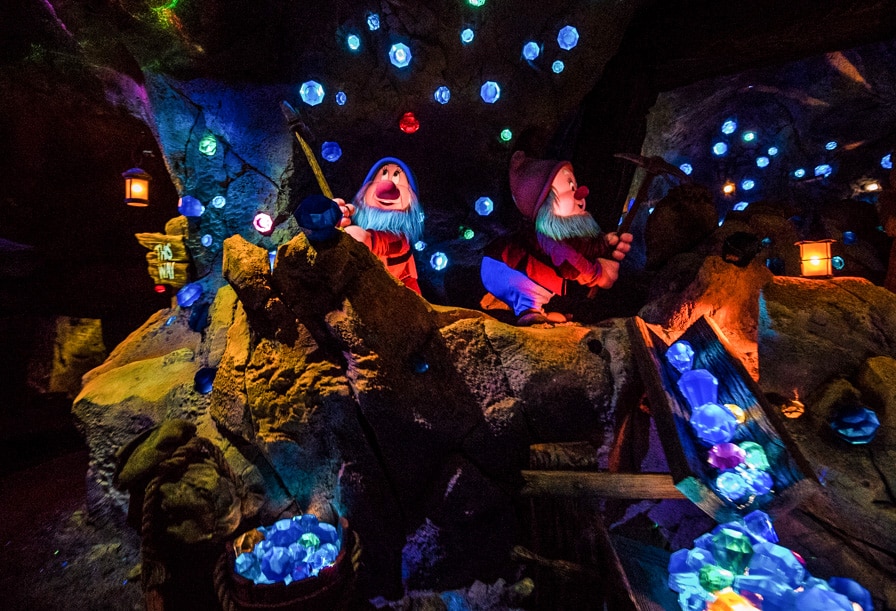
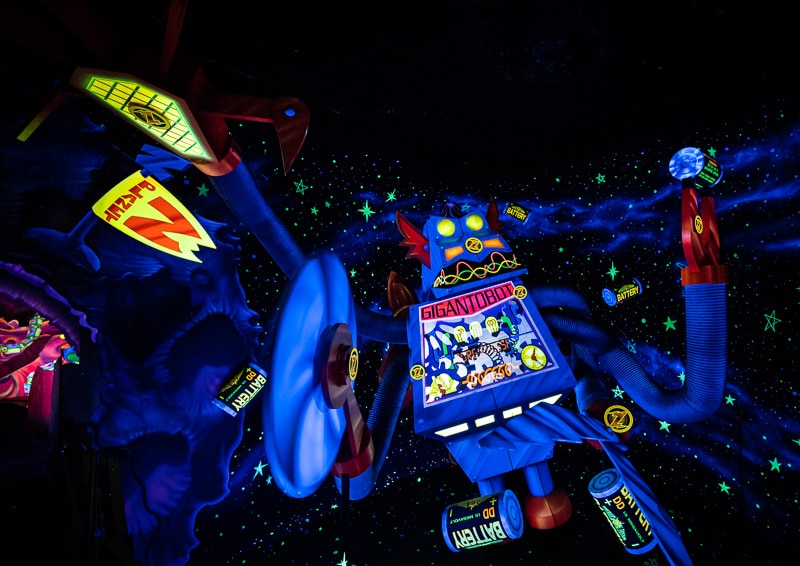
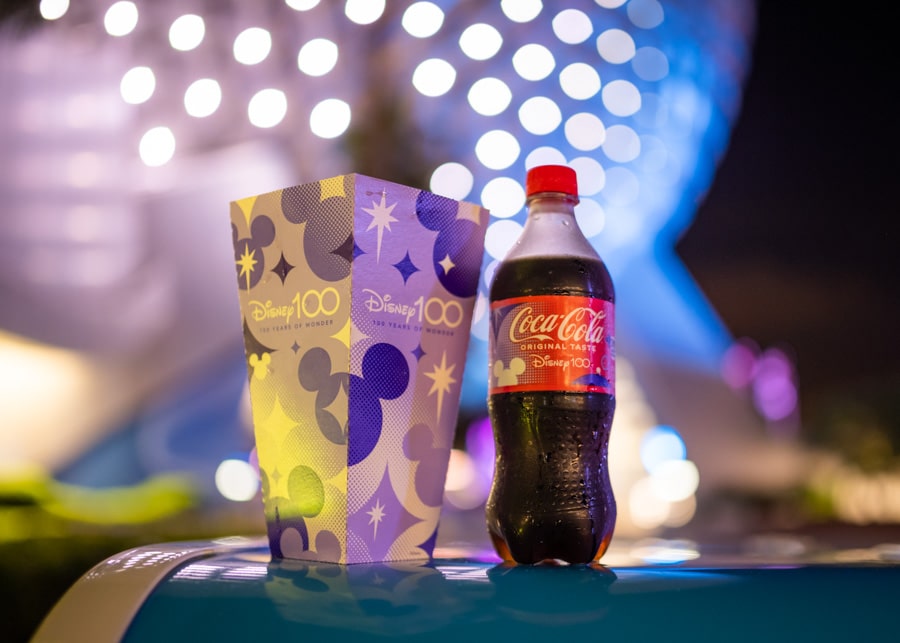

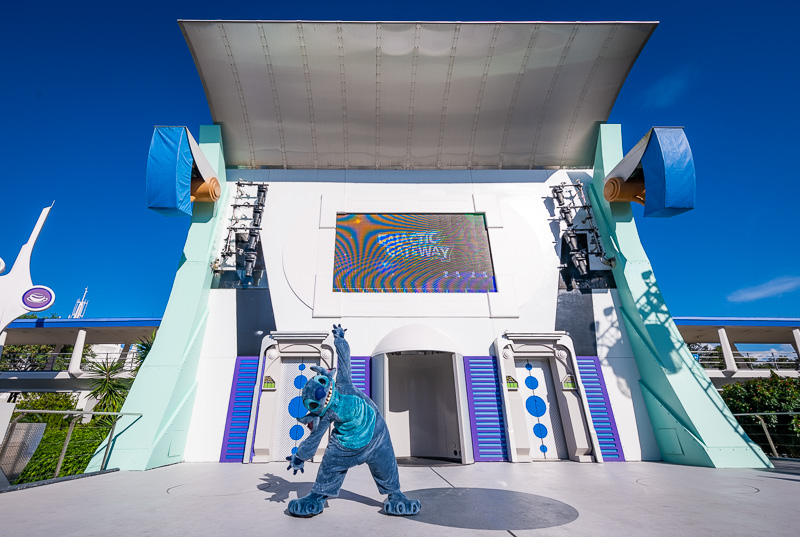
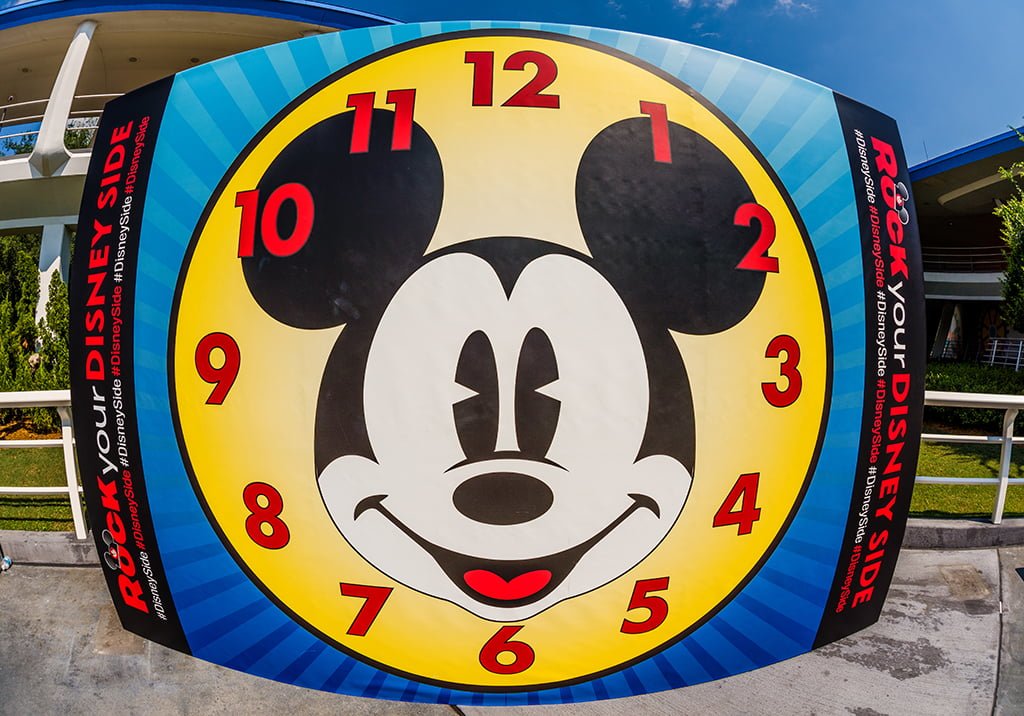
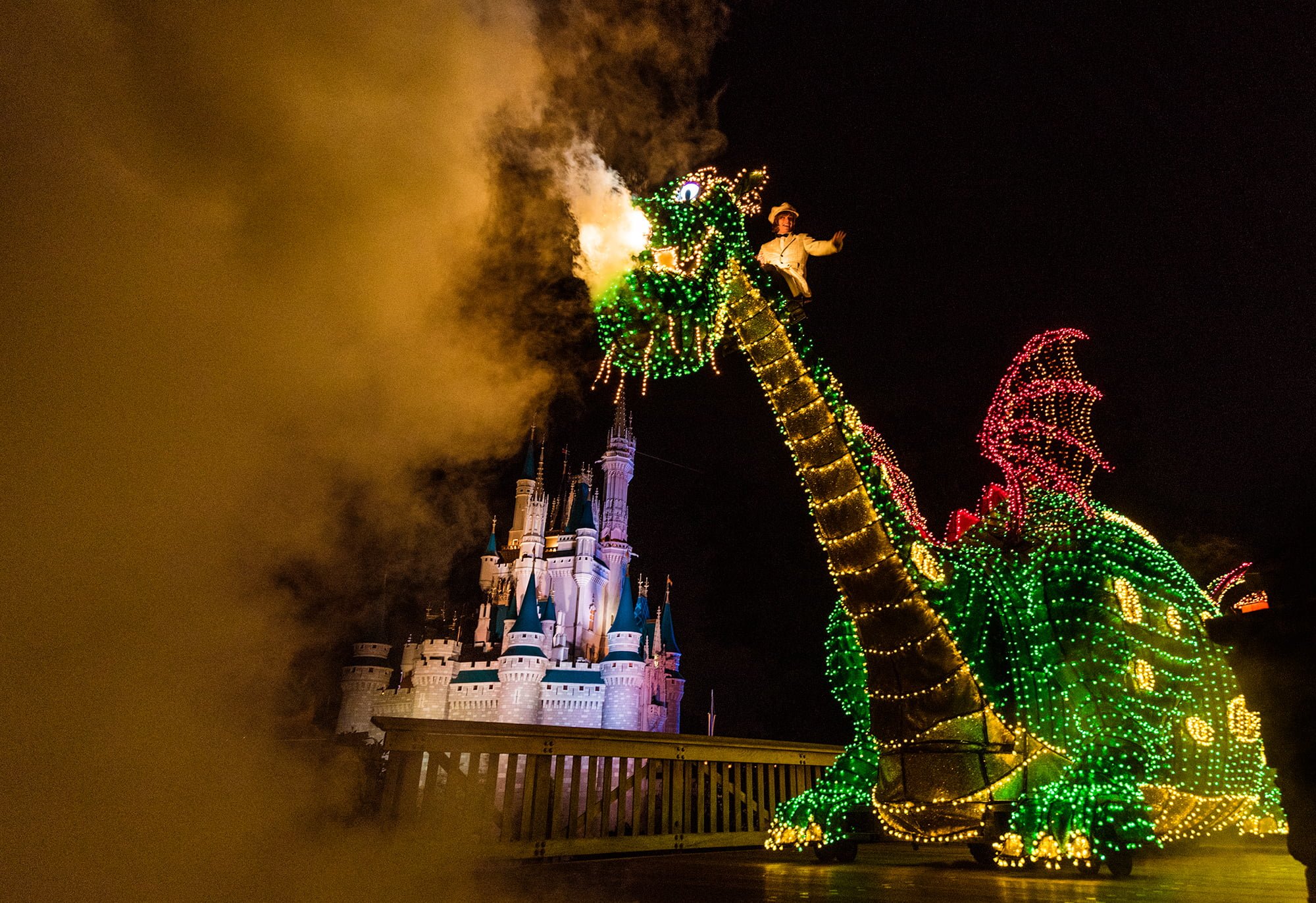





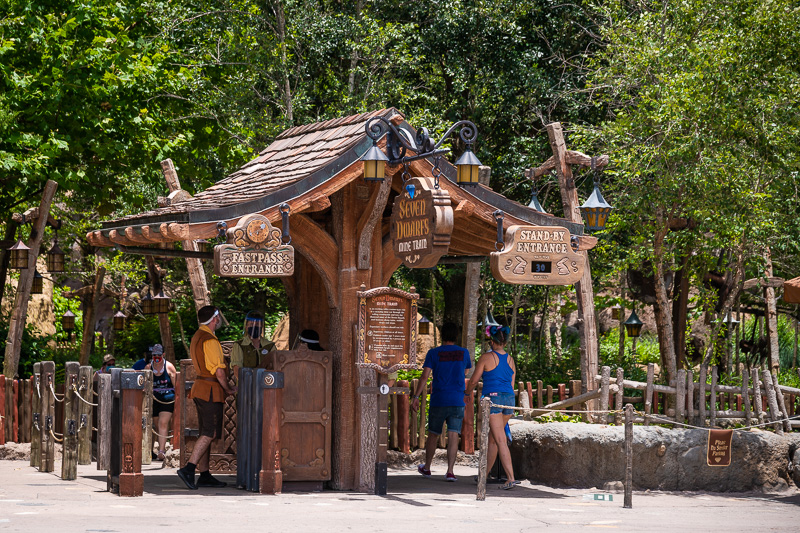
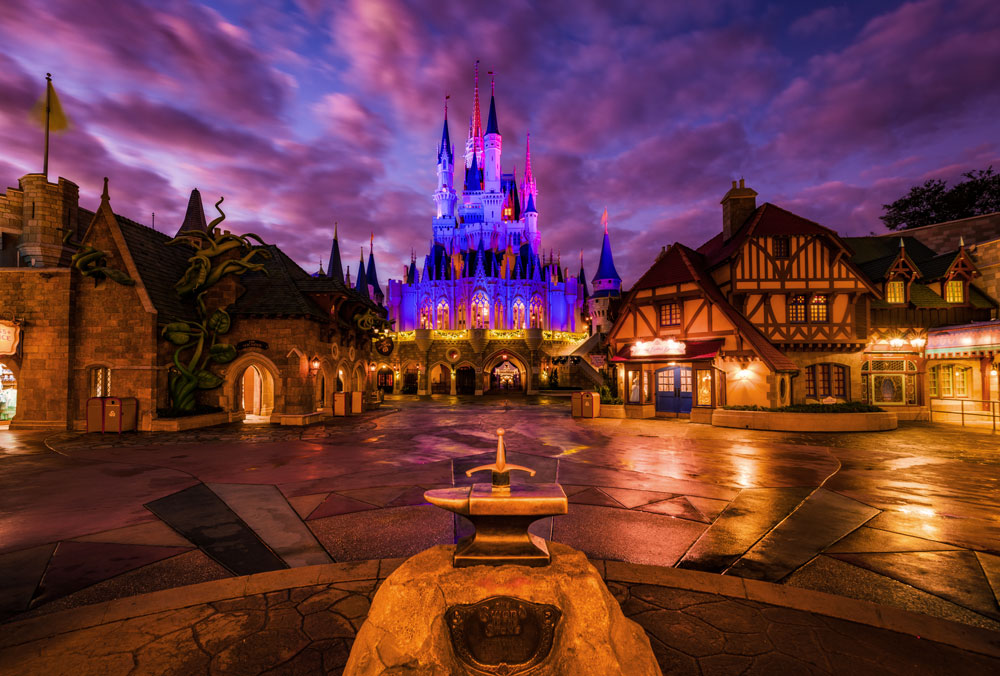
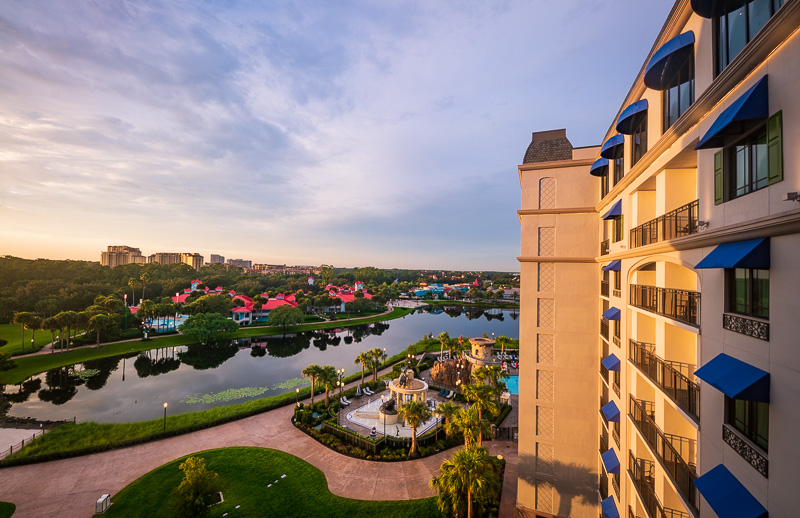
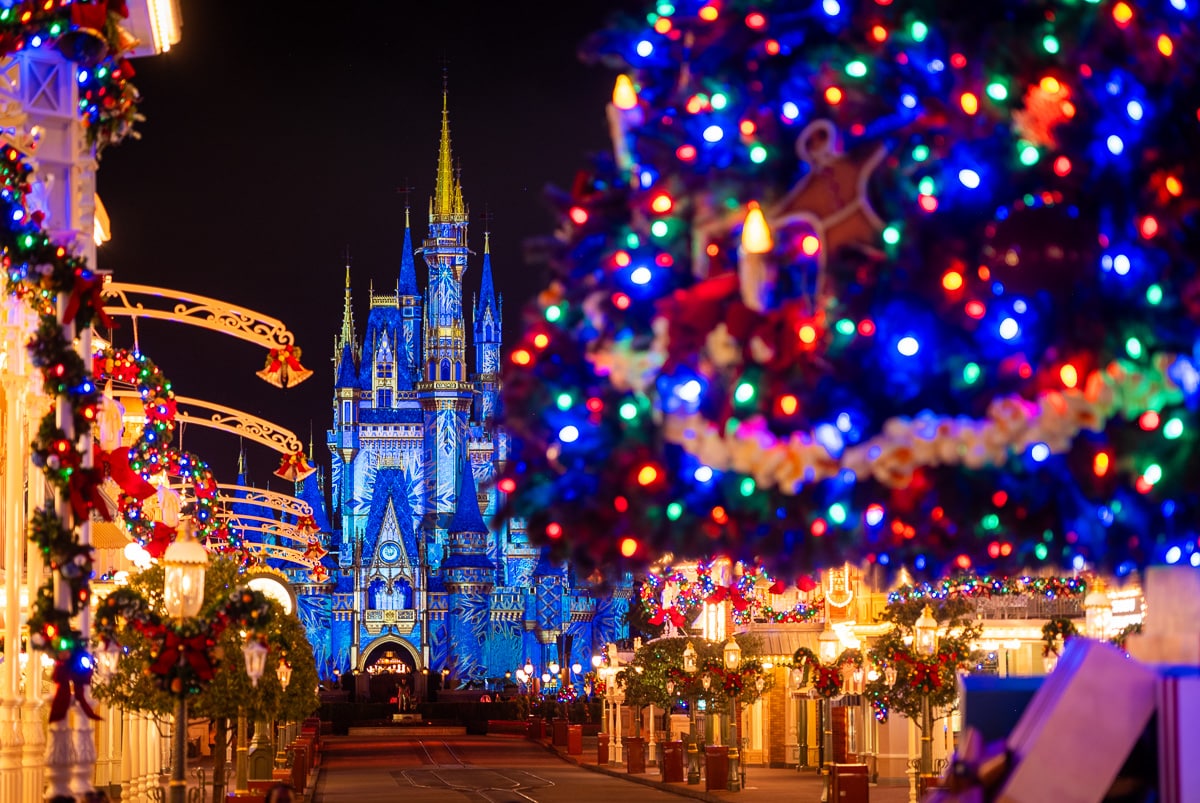
Tom, it’s always a pleasure reading your take on topics. You seem to include all and/or most of the reasons for the constant push-and-pull of crowds and prices. I don’t completely agree that Disney does not want lower crowds sometimes, since like most any company, they are (mostly) trying to maximize profits by raising prices until it (possibly) negatively impacts profits. At the moment, lower crowds have not negatively impacted Disney’s profits. So what does Disney do – impose the most expensive Genie+ pricing ever! Squeezing more nickels; increasing per person spend – worry about crowd size later. As to food – raising prices at full-service places seems to hurt, so Disney raises table-service demand by making snacks more expensive….increasing profits from those who don’t plan to eat at a table-service place. Then by raising snack prices, it gives Disney new metrics from which folks can calculate ‘value’ in Dining Plans needed to increase hotel occupancy. Squeezing more nickels; increasing per person spend. One thing you have missed in the calculus are shifts in some attitudes since Covid and before. Specifically, what has changed with conventions, use of the sports complex, foreign touring companies, etc. Like downtown office space around the U.S., this has not played out fully into the economy. Finally, at the margins, it may be difficult to discern the impact from changing consumer attitudes and Disney’s ability to market itself accordingly (i.e., is Disney selling their product correctly) in a world that streams more, but goes to theaters less. Said differently, does Brand still matter the same as it did?
Tom, what do you think of this hostile take-over possibility just announced today? I am terrified of what might happen.
Thank you! These types of articles are exactly why I read your blog and always open your newsletter!
Love reading your articles! Our next trip is Easter week 2023 and I would have never dreamed a deal would come out that was good for that week. Even if one came out for the spring, I thought it would block out that week at the very least. The fact that Disney is currently offering discounts including spring break season and Easter week is a testament, it seems to me, that your predictions are coming true and their projections are showing reduced booking for what is normally a very crowded time of year. Sidenote: I would have never chosen to visit at that time of year but it’s the only time our companions who have never been to Disney could go and my theory has always been that a crowded Disney is always better than no Disney. That said, I do fall into the camp of lifetime fan who holds them to a higher standard than what we’ve been seeing of late.
Tom,
Personally, I love how you include these types of articles that give some analysis of what’s going on behind the scenes or offer some kind of educated guess about the future at the parks. Keep them coming! There’s so much content out there from Disney blogs/vlogs that just report the news or current offerings at Disney. It’s great to get the deeper dive you do– and with the added humor, too!
Tom,
Another excellent article (albeit, updated) that shows you think these things through.
One item you missed in the economic discussion is the relative value of the $US and its likely negative impact on foreign travel. Since Federal Reserve policy is to raise interest rates to slow inflation, the $US has correspondingly increased against most, if not all, foreign currencies. The result is that foreign travelers coming into the U.S. are paying more by virtue of exchange rates. This will likely slow discretionary foreign travel into the U.S….it might also encourage U.S. customers to travel abroad.
In a different line of reasoning, many factors contribute to increased supply of DVC resales. In the case of my family, where all vacations were Disney, we did not enjoy the change to Genie+ from Fast Pass. In our view, we lost convenience. Said differently, we’d pay more for Genie if it had the same functionality as Fast Pass – we hate waking @ 7am for day-of uncertainty versus being able to make advanced planning. Universal has become a reasonable substitute for what had been additional days at Disney; the opening of a new Universal Park will be a game-changer for us.
Similarly, the add-ons that included both food and semi-private tours have diminished, and with that, diminished our Disney experiences too. We are a family that enjoys Signature dining, and since we had to eat anyway, we always enjoyed the add-ons that gave additional access to shows and/or access, behind the scene tours (i.e., Lion King & safari, Toy Story Land, etc.). Thankfully, Fantastic! dining packages are finally returning, but seems as if many others are not.
Lastly, Mr. Chapek has clearly shown an alternative perspective in how he wants to run Disney. I would have low expectations that he would ever want to offer discounts – under almost any circumstance. I simply have the belief that he will always err on the side of wealthier customers versus those who would be enticed by discounts. Further, his increased cost-cutting focus is never likely to bring back the entertainment that truly made Disney better than everyone else. Said differently, I am not convinced that he cares about increasing brand loyalty, since there is no evidence that he has ever offered something better to his customers than what existed previously (unless a person believes shareholders are his only customer).
And I’m going to focus on the most recent addition to Disney – the Galactic Starcruiser. We are the type of family that can, thankfully, consider the experience. But I cannot exact anything close to justifying the value equation. The cost in and of itself is high, but when I calculate what I receive, it’s even worse. For goodness sake, include the lightsaber if training is part of the hotel experience. It is not immersive if I’m expected to be in my Obi-Wan garb while waiting on line for lunch standing next to folks with Mickey Ears & t-shirts. Moreover, it would cost Disney nothing if the Starcruiser guests had even just a few minutes in Galaxy’s Edge to themselves (while wielding their lightsabers). Disney simply got cheap in what they offer versus what they advertised. It’s no wonder occupancy rates are horrible. It never appeared as if customer experience was the focus of this pricey excursion, and there is no evidence that team-Chapek has ever focused on customer experience.
Even in a recession, we would not be priced out of Disney, we got pushed out because they are no longer offering the same first-class experience that made us unofficial brand ambassadors.
That’s a great point about the strength of the dollar both putting a damper on inbound travel to the US and incentivizing outbound. I’d add that there’s also probably still more pentup demand for that, as people have been less inclined to travel internationally the last couple years. (That’s exactly what we’re doing!)
I do wonder how much of Disney’s core demo considers international destinations as alternatives to WDW, though.
I am in the UK for business and charges to my Amex are currently converting at $1.09 to 1 GBP. When I was here in June, it was even less, at $1.07. I don’t see how this wouldn’t put a damper on travel from the UK, which is a huge market.
When you said that the weathering of the Great Recession was based on leadership, you hit the nail on the head. There is an illusion here that the parks are strong, but pride comes before the fall. I’m already seeing a lot of “influencers” shift from Disney exclusive content. Interesting to see what happened.
I used to enjoy reading this but it has grown so big I can’t even get thru the head lines!!!
You have to break this email down to a 10 minute read. If I was to read everything in this email it would take at least an hour.
This is by far the funniest comment I have ever read on this blog. Keep up the good work, Tom.
I mean no disrespect and you were probably exaggerating when you said it would take you an hour to read this post but it’s really no where near that long a read and even if it was, I think Tom’s blog ,which is free to read, is worth spending an hour with. The level headed, clear cut thinking as he unravels his story is the kind of infotainment you rarely fined nowadays.
Great and well thought-out info. Your comment on accuracy of predicting a recession is definitely true. However, I’d argue a more accurate statistic to our current high inflationary market is that in 11 of our last 15 fiscal and monetary policy tightening cycles, we’ve then led on to a recession. Like your statistic, nothing is guaranteed, but I’d argue my statistic is a bit more concerning.
Tom and Sarah: Great work, as usual. I frequently wonder how you guys manage to complete all this work on time all the time. But from your fans, a Big Thank You!
Tom, I think you are right on a spending slowdown.
Inflation is huge everywhere, and the majority of people have no confidence in the present administration – the right track/wrong track numbers are shocking. The only way out is for households to hold fast to a budget, and cut spending where they can. The increase in rents paid; housing in general, is actually way undercounted in CPI. Using the formula that was used in the 80’s, the US already has double-digit inflation.
How many millions and millions of previous fans, are no longer interested in spending hard earned money, on a company that has went completely “woke”. When you cater to less than 1% of the population, and basically point your middle finger at 69-70 million people, that will lead to huge economic losses.
I doubt very seriously it’s anywhere near ‘millions and millions’ of fans that share your point of view. Or even hundreds and hundreds. So, to answer your question… not many. But it would be great if they *did* skip going to the Disney parks.
Do you think they will drop a Florida ticket special for fall like they”discover ticket”? I have an annual pass but need tickets for party members. I’m trying to hold off purchasing to see if I can get a deal. I took advantage of the pass holder deal at the dolphin for November for our rooms
Great read, Tom! This brought back great memories of my January 2002 All Star Movies trip. I was able to bring my little brother and sister for 5-days and the entire trip, including airfare and a rental Mustang convertible, cost around $1,000. My daughter’s first trip was a 2010 stay at the Caribbean Beach on some sort of toddler-oriented package that included a gift card. I think that 7-day trip was under $2500, all-in. I shudder to realize the multiple I have to apply to reach the cost of my pending August trip. I, also, hope to see a recession avoided, but I wouldn’t be sad to see some downward price pressure in WDW.
Great article and lots of food for thought. Like a previous poster mentioned, closing some resorts may be the first reaction (thinking AK resort, Coronado Springs, even Wilderness Lodge, AS Music and esp you AS Sports – possibly why real room upgrades were postponed). This would jam well with your theory that WDW’s initial response may be to hold off on deep discounts and tighten the belt elsewhere. But real discounts will need to happen if the US enters a full recession by close of year. Also agree that UK free dining lite is likely the first teaser and may drop for US guests in the next few weeks for last minute August and September stays. Early fall is rapidly approaching and those ADRs need to be booked unless a restricted gift card is dropped for quick service only. Who knows. But if WDW actually offers a return to true free dining for January 2023 – even like the last 2020 offer before it was yanked back – then we’ll know the recession is truly going to be a steamroller.
While it’s certainly a possibility with a resort or two, I would hope that Disney learned a lesson from the recent resort and restaurant closure. While some of the earlier delays to reopening were intentional, the later ones were not. Staffing has been a serious issue, and one that has cost Disney a tremendous amount of lost/unrealized revenue. Unless it’s a deep and long recession, I can’t imagine that it makes more sense to mothball than to discount.
Thanks to Tom for looking at two pre-pandemic recessions to remind us that WDW is going to lower guest costs through gradually increasing and more general discounts, as well as lowering spending through cuts to operations as well as future growth. I only wish he included more of his opinion of what WDW *should* do during a recession, as I can’t find his reasonable and logical comparison to WDW vs. Universal construction during the pandemic recession. (My rec.arts.disney era rant about how starting WestCot during the early 90s recession would have been smarter than canceling it because of prices being relatively cheaper is clearly not necessary.)
I’m guess I’m more optimistic about Disney doing what they’ve done in the past because I’ve seen it happen so many times, and I’ve seen it work so many times. (Bob Chapek has nothing on Paul Pressler when it comes to running Disney parks into the ground.)
Disney needs to bring the magic back. Offer Free Quick Service meals. Better Resorts discounts, and bring back Fast Pass. This new system and the amount I read of people spending on their phone takes away from enjoying your time with family and making memories. I’m going on November after postponing twice already due to Covid. I’m hoping that their is some good discounts coming soon